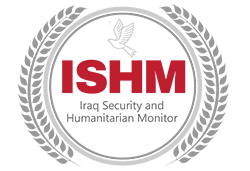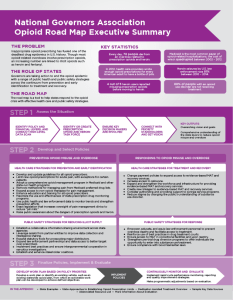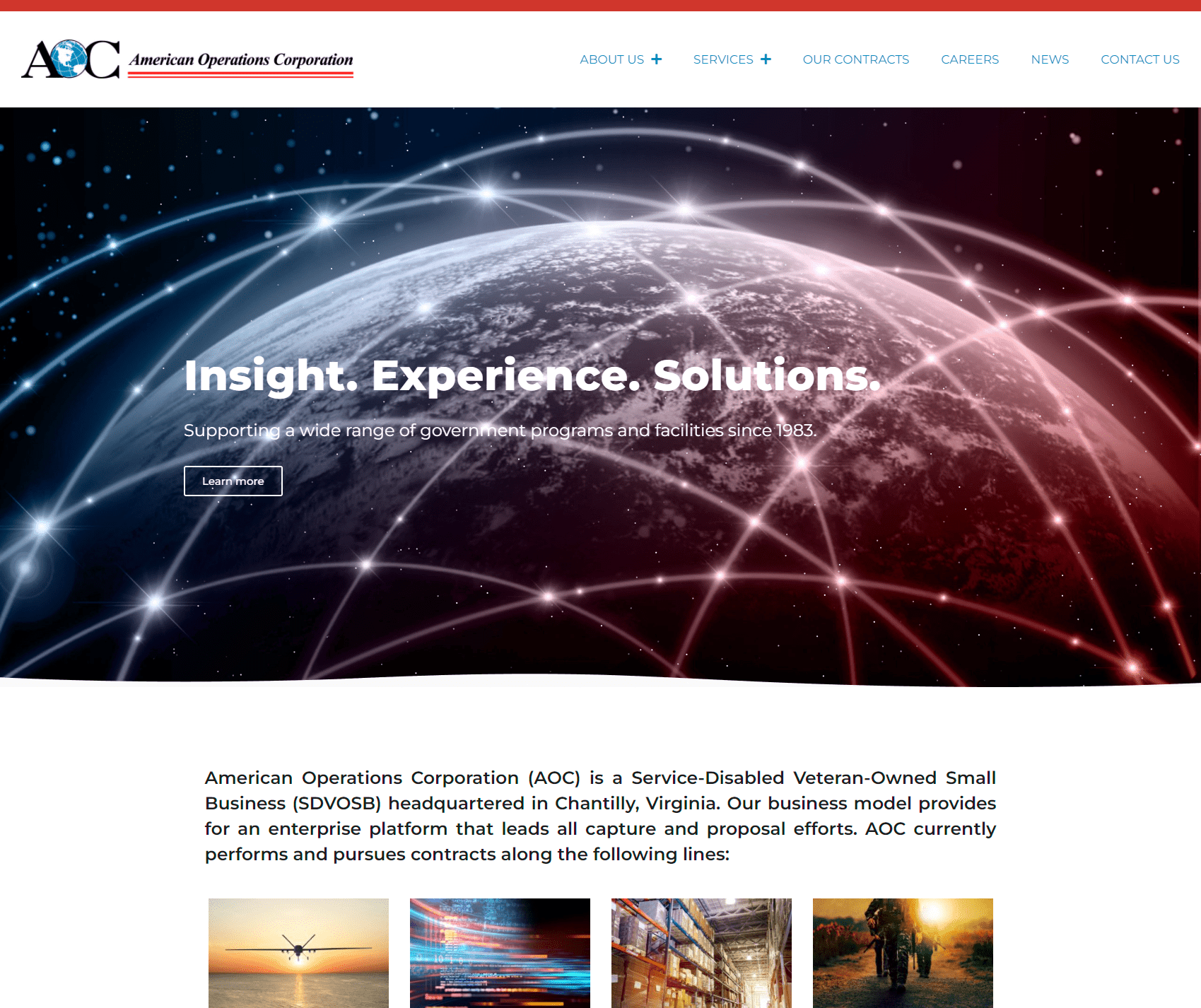Paper selection is an important element in print projects.
Selecting a paper can often be very confusing; there are numerous different types and brands of paper available today. When selecting paper, be sure to keep in mind that the choice you make for your project will affect how it the printed piece is perceived. Before placing a printing order, it is a good idea to request a paper sample for each paper you are considering for the project.
What Distinguishes Different Papers?
Finish: The finish of a paper is it’s surface texture. Uncoated and coated paper have different surface textures.
- Wove or Smooth – A smooth uncoated surface.
- Laid – A paper that is manufactured with textured lines on its surface. This finish is used mostly for business stationery elements, like letterhead, envelopes and business cards.
- Linen – Similar to a laid finish, this paper has textured lines on the surface of the sheet, but they are finer and more regular than those that appear on a laid finish stock. This paper is also used frequently for business stationery.
- Laser – A paper that is guaranteed to be compatible with laser printers.
- Coated – A paper with a waxy finish (shiny or matte).
- Uncoated – A paper with an untreated surface that is dull and unreflective.
- Coated One Side (C1S) – A cover stock that has a coating on one side and is dull on the reverse side.
- Coated Two Sides (C2S) – A cover stock that has a coating on both sides.
Weight: The weight of a paper refers to its thickness and is measured in pounds (#). The higher the number, the more (equivalent) weight a paper has (the thicker/heavier the paper). *See the comparison table for more information on weights.
Opacity: A paper’s opacity is determined by its weight, ingredients and absorbency. A paper’s opacity determines how much printing will show through on the reverse side of a sheet. Opacity is expressed in terms of it’s percentage of reflection. Complete opacity is 100% and complete transparency is 0%.
Brightness: The brightness of a sheet of paper measures the percentage of a wavelength of blue light it reflects. The brightness of a piece of paper is typically expressed on a scale of 1 to 100 with 100 being the brightest. Most papers reflect 60-90% of light. The brightness of a paper affects readability, the perception of ink color and the contrast between light and dark hues.
Types of Paper
Offset: Also known as book or text paper, offset paper can have a coated or uncoated finish. Offset paper is thinner and lightweight. It is often used for publication interior sheets, brochures & flyers, and letterheads. Common offset weights: 50#, 60#, 70#, 80#, 100#. Bond: Bond or writing papers are most often used for letterhead. The most commonly recognized bond or writing stocks are:
- 20# – A standard weight paper.
- 24# – The preferred weight for most business papers (letterheads).
- 28# – Heavier paper, less frequently used. Its thickness can sometimes pose problems feeding through laser printers. It is often used for outer envelopes.
Cover: Cover stocks are heavy in weight, rigid and not easily folded. These papers are generally used for publication covers, business cards, greeting cards, folders, and postcards. They can have coated or uncoated finishes. Common weights for cover stocks include: 65#, 80#, 100#, 120#, and 12pt.
Tag: Tag paper is a dense grade of paper that is strong, durable, and water resistant. Tag paper is typically used for hanging tags such as store tags on clothing or other products.
Index: Index paper is a stiff, not too thick, inexpensive paper with a smooth finish. It is often used for index cards and folders.




















